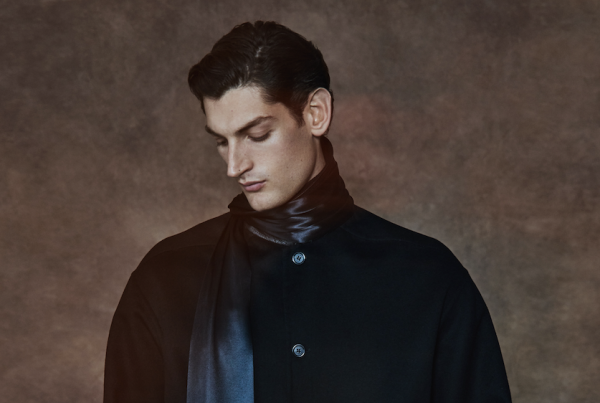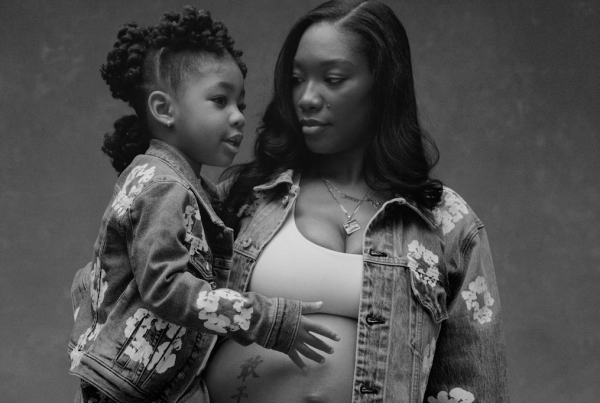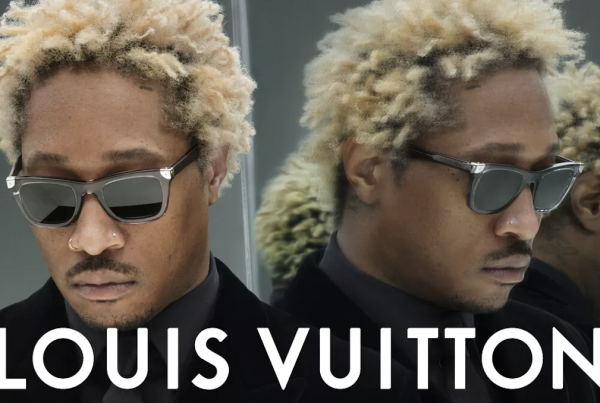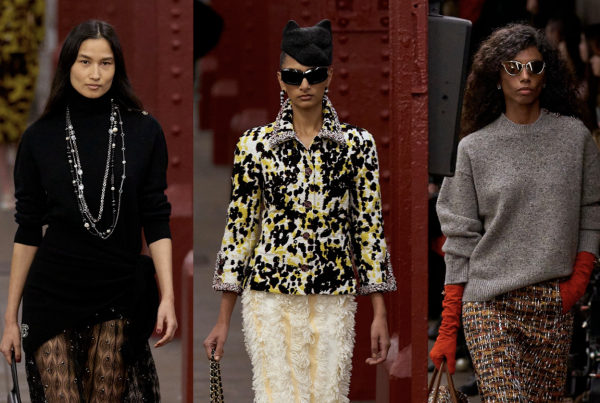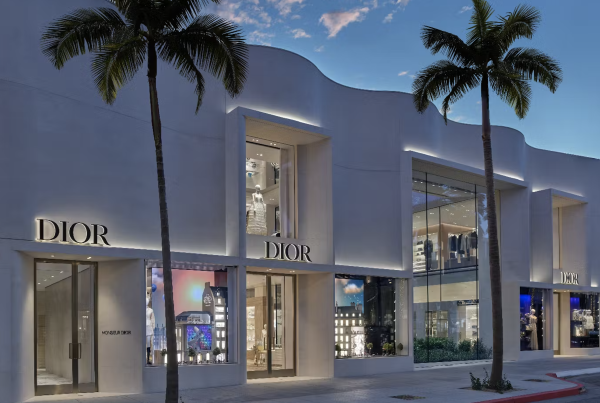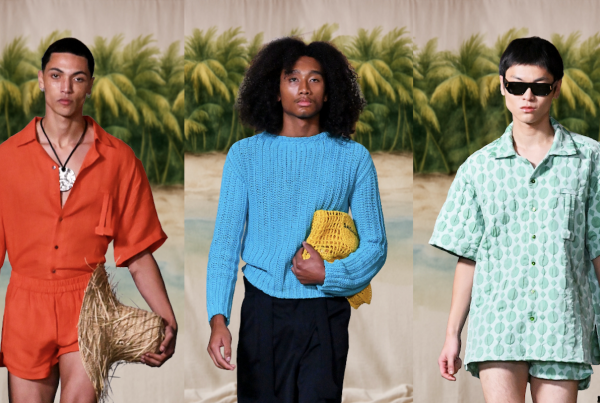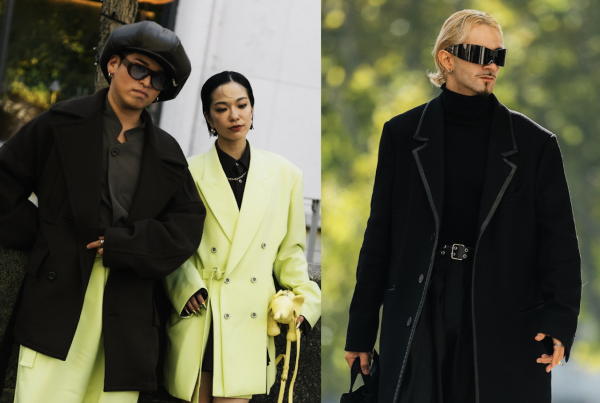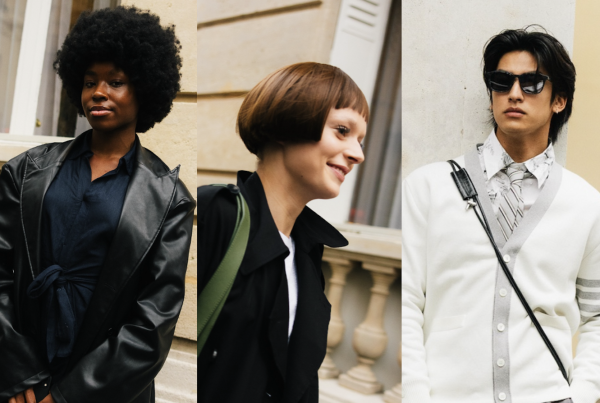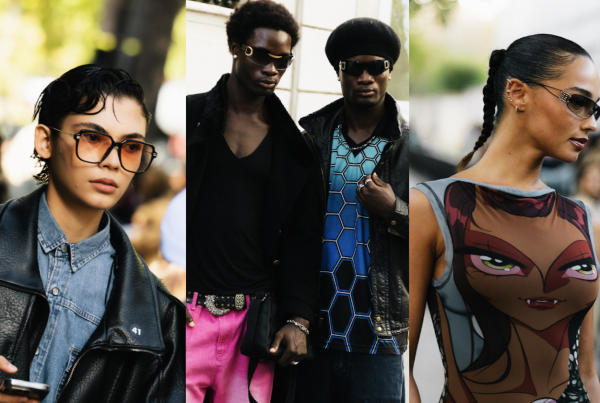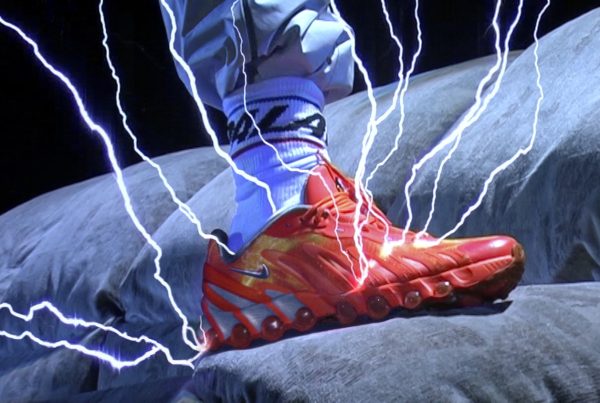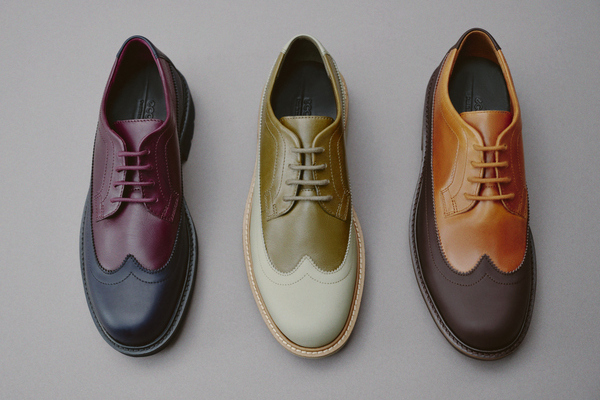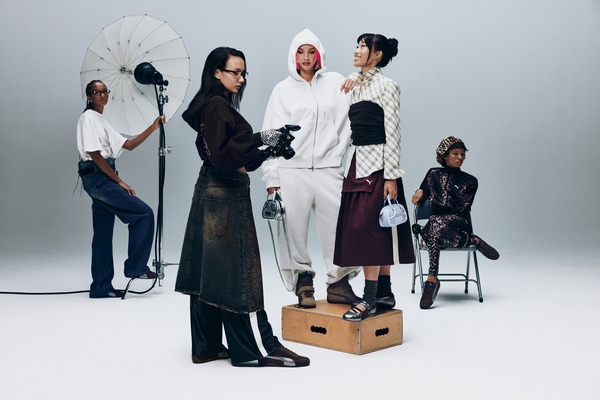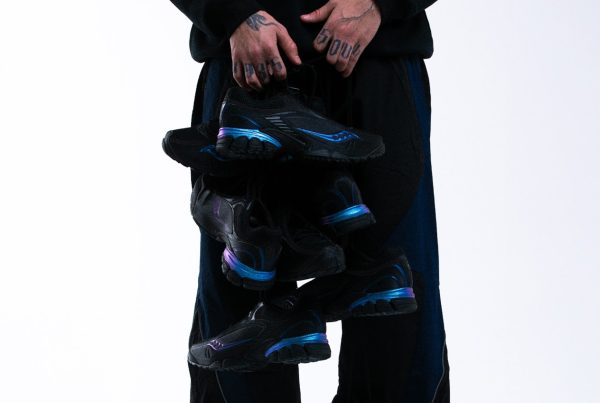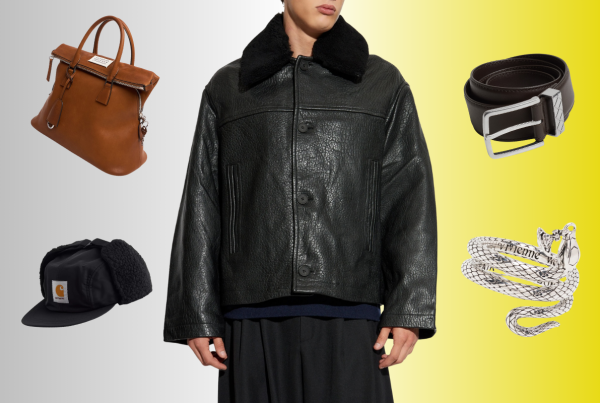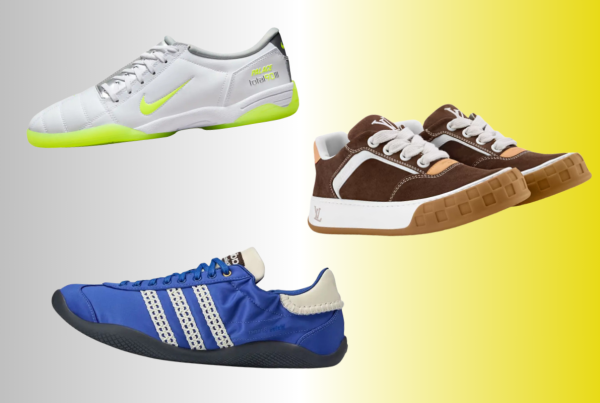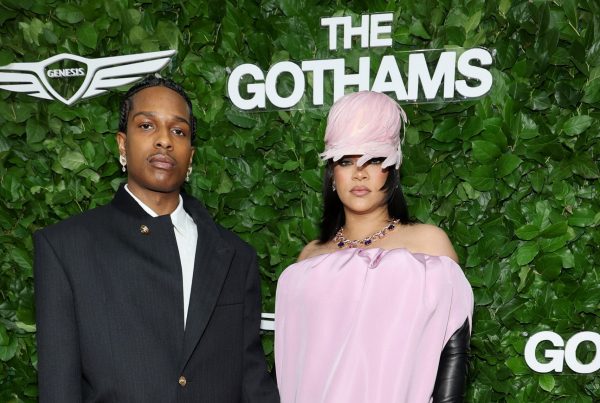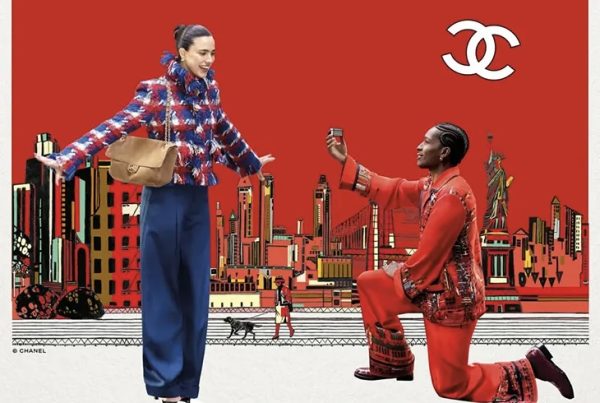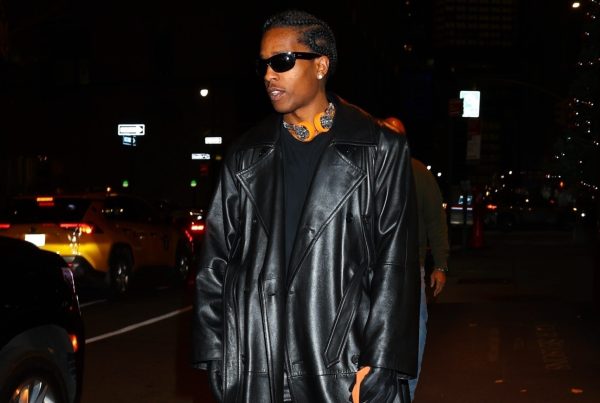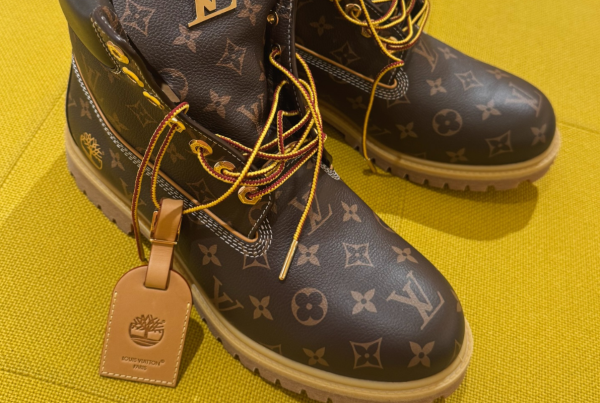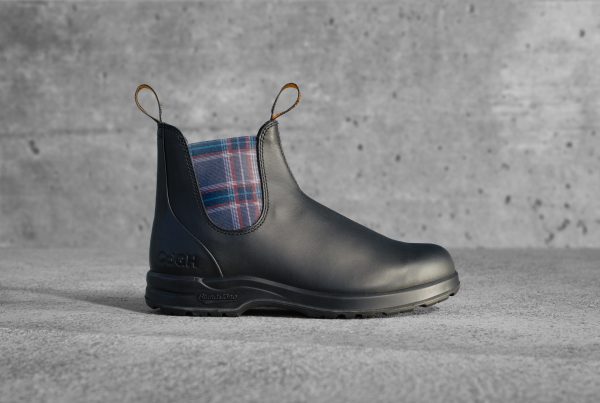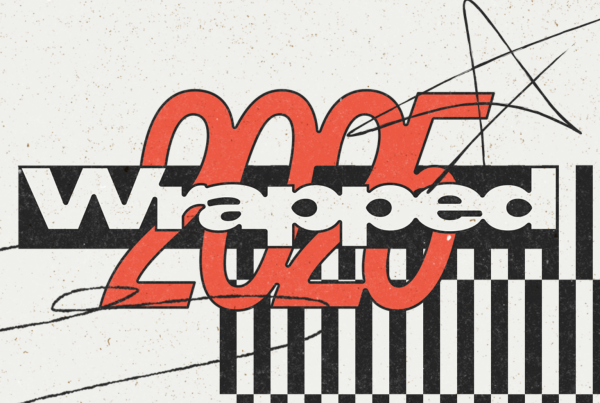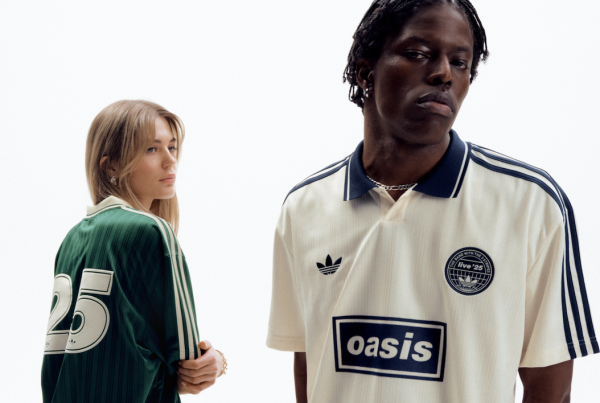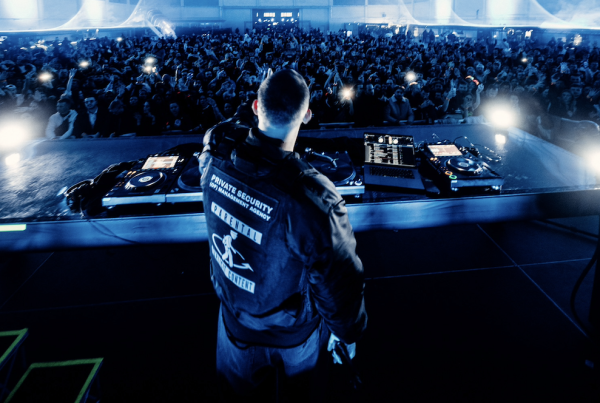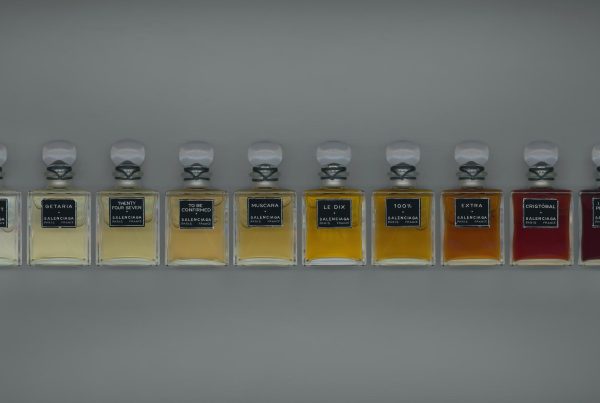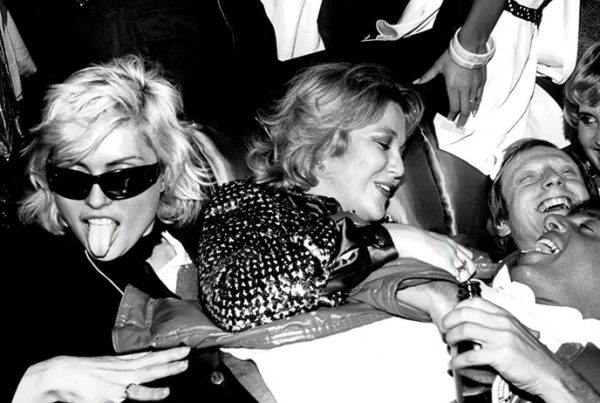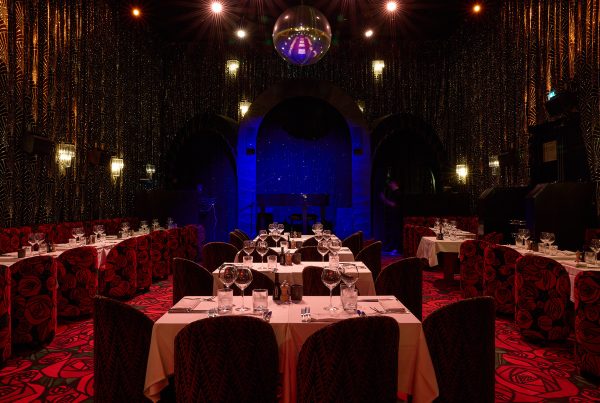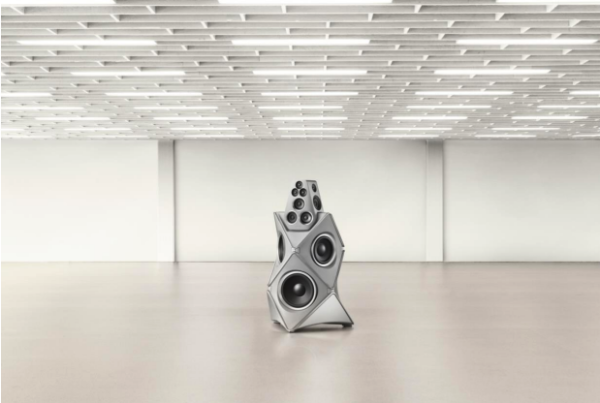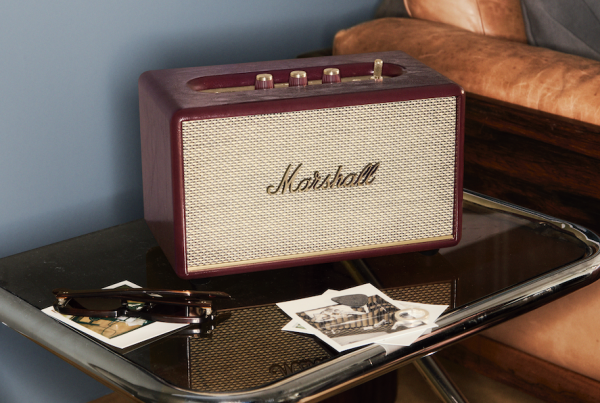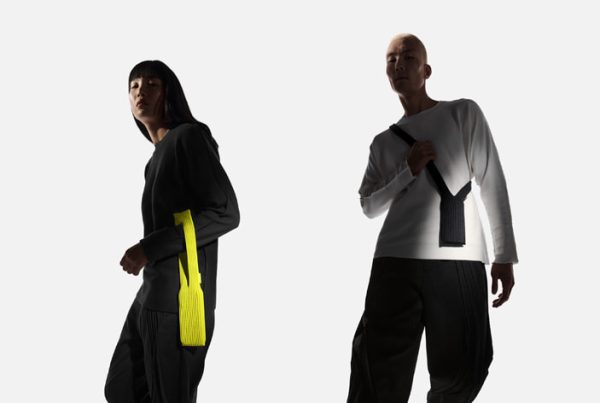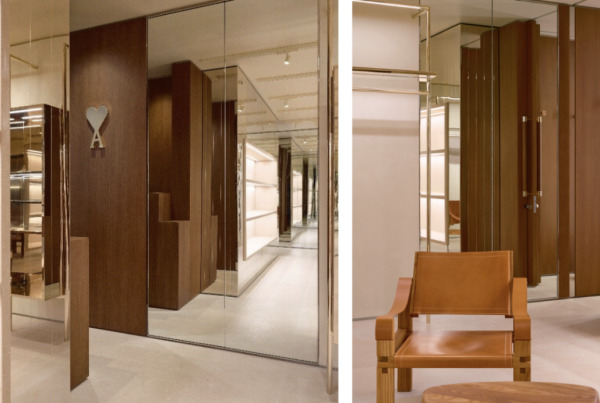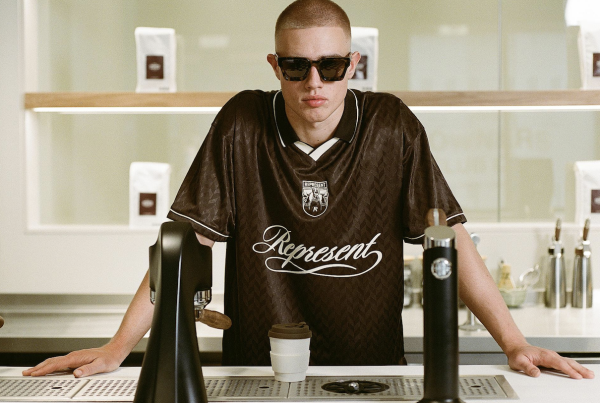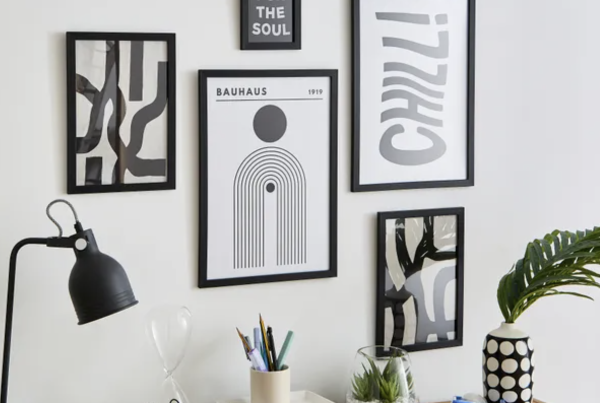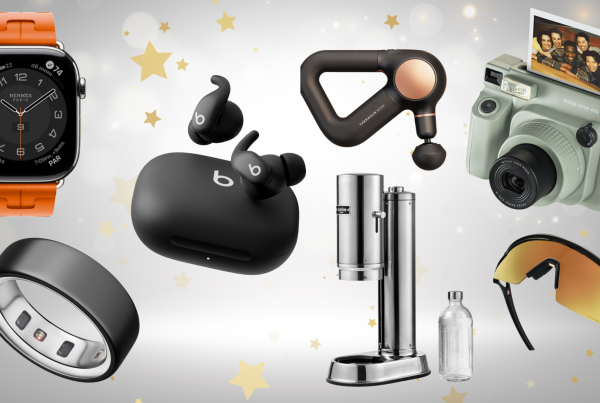Attention Deficit Hyperactivity Disorder (ADHD) is often characterized by challenges in concentration, impulsivity, and hyperactivity. However, individuals with ADHD frequently possess unique creative strengths that can be harnessed effectively in various fields, including fashion. This article explores the intersection of ADHD and fashion, highlighting how the unique attributes of ADHD can contribute to a thriving and innovative career in the fashion industry.
Understanding ADHD and Creativity
The Creative Strengths of ADHD
ADHD is often linked with several creative strengths, such as:
- Divergent Thinking: Individuals with ADHD tend to think outside the box, generating a plethora of ideas and solutions that others might not consider.
- Hyperfocus: While ADHD is known for difficulties with sustained attention, individuals can also experience periods of intense focus, particularly when engaged in activities they are passionate about.
- Risk-Taking: The impulsive nature of ADHD can lead to a willingness to take risks, which is essential for innovation and pushing boundaries in creative fields.
- Energy and Enthusiasm: The hyperactivity aspect of ADHD can translate into high energy levels and enthusiasm, driving creative projects forward with vigor.
These attributes align perfectly with the demands of the fashion industry, where creativity, innovation, and a relentless drive are key to success.
Fashion as a Creative Outlet
The Fashion Industry and ADHD
The fashion industry thrives on new ideas, bold designs, and innovative approaches. Here’s how ADHD attributes can be particularly advantageous in fashion:
1. Design and Creativity
Fashion design requires a constant flow of new ideas and the ability to visualize and create unique garments and accessories. Individuals with ADHD often excel in generating a vast array of ideas and thinking creatively. This can lead to groundbreaking designs that stand out in a competitive market.
2. Trendsetting and Risk-Taking
The fashion industry rewards those who can predict or set new trends. The impulsive and risk-taking nature of ADHD can be an asset here, allowing individuals to venture into uncharted territory and introduce bold, new styles.
3. Hyperfocus on Projects
During periods of hyperfocus, individuals with ADHD can produce an extraordinary amount of work in a short time. This intense concentration can be beneficial during critical phases of fashion projects, such as preparing for a runway show or finalizing a collection.
4. Energetic Pursuit of Goals
The high energy levels associated with ADHD can help individuals tackle the fast-paced and demanding nature of the fashion industry. This energy can be channeled into attending fashion events, networking, and constantly seeking new inspiration.
Real-Life Examples
Successful Fashion Icons with ADHD
Several successful fashion designers and icons have ADHD, and their unique attributes have contributed to their success. For instance, individuals like Michael Kors and Tommy Hilfiger have spoken about how ADHD has influenced their work, allowing them to think differently and innovate continuously.
Case Study: The Creative Process
Consider a fashion designer with ADHD working on a new collection. Their divergent thinking allows them to draw inspiration from a variety of sources, creating unique and eclectic designs. During hyperfocus phases, they might spend hours perfecting details, resulting in high-quality and intricate pieces. Their risk-taking nature pushes them to experiment with unconventional materials and patterns, setting new trends in the industry.
Strategies for Harnessing ADHD in Fashion
Embracing the Strengths
To harness the creative strengths of ADHD, it’s important to embrace and manage these attributes effectively:
- Structured Creativity: Combining creative freedom with structured time management can help balance divergent thinking with productivity.
- Collaboration: Working with a team that complements ADHD traits can enhance overall performance. For instance, pairing with individuals who excel in organization can create a balanced workflow.
- Mindfulness and Relaxation Techniques: Practices like mindfulness and relaxation can help manage the impulsivity and hyperactivity aspects of ADHD, allowing for more focused creative sessions.
Leveraging Technology
Modern technology offers several tools to help individuals with ADHD manage their creative processes:
- Project Management Software: Tools like Trello or Asana can help organize ideas and track progress, ensuring that creative bursts are channeled into productive outcomes.
- Digital Sketchpads: Using digital sketchpads or tablets can allow for quick capturing of ideas, which can be refined later.
- Scheduling Apps: Apps that send reminders and help manage time can be particularly beneficial for keeping track of deadlines and appointments.
Resources and Support
Finding Support
Psychiatrists can offer support and strategies tailored to individuals with ADHD and any other associated conditions. Dr Stefan Ivantu, a Private Consultant Psychiatrist in London, leads his private clinic ADHD Specialist providing comprehensive assessments and holistic treatment

Dr. Ivantu emphasizes the positive impact of neurodiversity, including ADHD, highlighting its role as a “driving force for innovation and change in society.” He also underscores the importance of multifaceted support for ADHD. This approach, he suggests, should combine “lifestyle changes, coaching, therapy, and, where necessary, medication” with the ultimate goal of improving an individual’s quality of life.
Educational Programs
Many fashion schools and programs offer support for students with ADHD, providing accommodations and resources to help them succeed. These programs can include time management workshops, access to mentors, and flexible learning environments.
Conclusion
ADHD, often perceived as a hindrance, can actually be a powerful asset in the fashion industry. The unique creative strengths associated with ADHD, such as divergent thinking, hyperfocus, and risk-taking, align perfectly with the demands of fashion. By embracing these attributes and employing effective strategies to manage potential challenges, individuals with ADHD can thrive and make significant contributions to the world of fashion. Whether through innovative designs, setting new trends, or bringing high energy to fashion projects, the intersection of ADHD and fashion indeed represents a perfect creative match.

